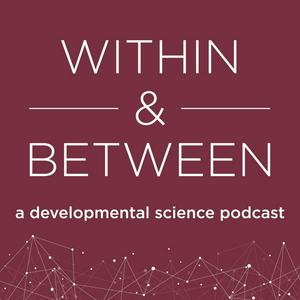Related to this podcast's interests in data sharing, this week Jess and Sara talk about common data elements initiatives. These are movements that are hoping to get all of the researchers in the same field or subfield to agree to a given set of assessments, measures, procedures, and/or reporting metrics (Think: Everyone who measures mother’s education would ask the same stem question with the same eight category responses, which would be coded and reported in the same way). We’ll talk about different types of initiatives, the reasons why proponents think it’s a great idea, and what major concerns might come up. Sara also gives us a mini lecture introducing genome-wide association studies. Trust us, it’s related!
In this episode, we talk about:
The NIH Common Data Elements Program: https://heal.nih.gov/data/common-data-elements
NIH Common Measures website: https://www.phenxtoolkit.org/
A paper about the NIMH common data elements:
Barch, D. M., Gotlib, I. H., Bilder, R. M., Pine, D. S., Smoller, J. W., Brown, C. H., ... & Farber, G. K. (2016). Common measures for National Institute of Mental Health funded research. Biological Psychiatry, 79(12), e91-e96.
https://www.ncbi.nlm.nih.gov/pmc/articles/PMC4968690/
What’s the difference between common measures and common metrics:
de Beurs, E., Boehnke, J. R., & Fried, E. I. (2022). Common measures or common metrics? A plea to harmonize measurement results. Clinical Psychology & Psychotherapy, 29(5), 1755-1767.
Paper describing the openly available Project KIDS data:
Van Dijk, W., Norris, C. U., Al Otaiba, S., Schatschneider, C., & Hart, S. A. (2022). Exploring individual differences in response to reading intervention: Data from Project KIDS (Kids and Individual Differences in Schools). Journal of Open Psychology Data, 10(1).
Educational attainment GWAS paper data harmonization appendix: https://static-content.springer.com/esm/art%3A10.1038%2Fs41588-022-01016-z/MediaObjects/41588_2022_1016_MOESM1_ESM.pdf
Connect with the podcast on twitter @within_between, or email us letters about developmental science at
[email protected]. More episodes and podcast information at WithinandBetweenPod.com. Follow Dr. Hart on twitter @Saraannhart Follow Dr. Logan on twitter @Jarlogan. Our theme music was composed by Jason Flowers. Our logo was created by Nathan Archer. Recorded July 9, 2023.
